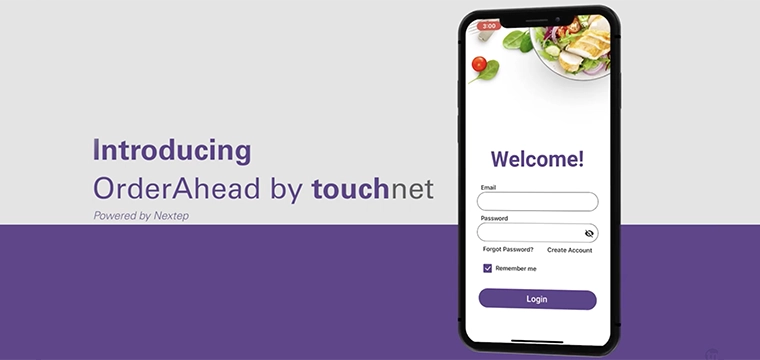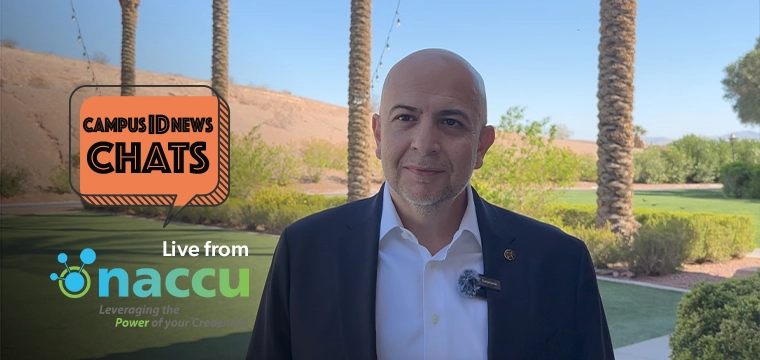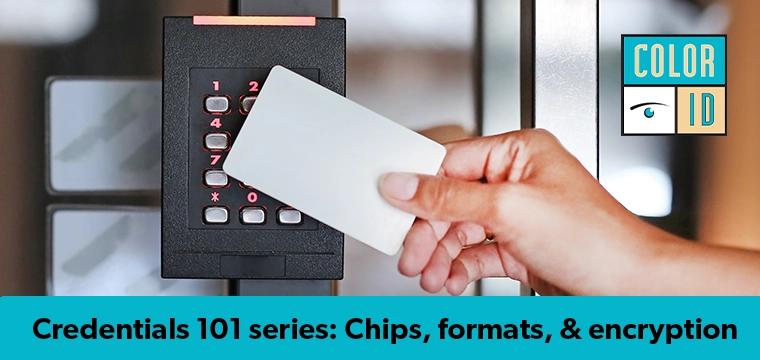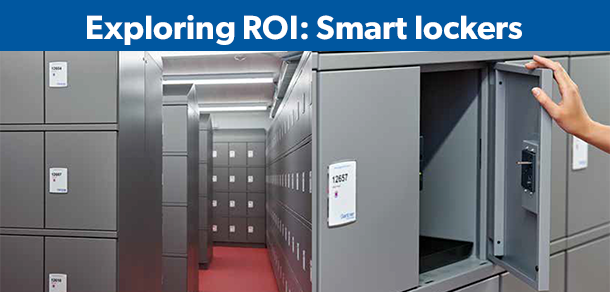
Related article: Contactless locker ROI
Evaluating the business case for smart lockers.
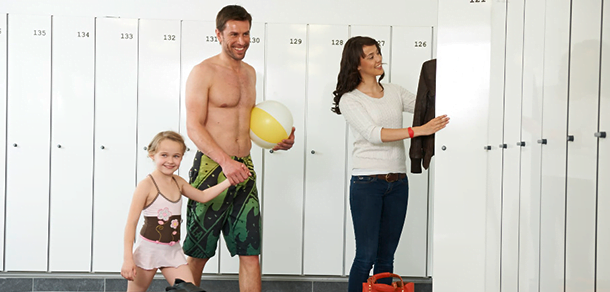
Higher education ramping up as new hot spot for smart storage
Health and fitness clubs are another traditionally strong segment for contactless locker technology. Smart lockers provide a modern amenity at higher-end health club chains, but they also provide cost savings for budget clubs that want to be as automated as possible to minimize staffing and related expenses.
Contactless lockers also eliminate the need for a club member to carry around locker keys, credit cards and other credentials. “In the health and fitness market, it’s all about convenience and a frictionless user experience,” Pichler explains.

Related article: Contactless locker ROI Evaluating the business case for smart lockers. |
Contactless lockers have had a longtime presence at fitness clubs across Europe. New cardio equipment often has built-in RFID or contactless readers to pull up cloud-based records of members’ training programs. A contactless card or wristband acts as a single credential that members can scan to gain access into the club, as well as the use of lockers, cardio equipment, vending machines and massage beds.
In the United States, there is a growing demand for contactless lockers at fitness facilities. Leading the charge is Midtown Athletic Club in Chicago and Florida, which invested in Gantner’s networked locking system and contactless capabilities to set it apart from local competitors.
Smart lockers provide a modern amenity at higher-end health clubs, but they also provide cost savings for budget clubs that want to be as automated as possible.
Members wear an RFID wristband that they can scan to check in at the front desk and also to access lockers, activate certain fitness equipment and make cashless payments. The wristbands are made from hypoallergenic silicon and bear Midtown’s colors and branding.
After a member chooses and locks a locker, that locker number is stored securely on the wristband so that only that member’s band can open the corresponding locker. The technology prevents the possibility of a second locker being used and can prevent lockers from being claimed for extended periods.
Information terminals at the front desk can display the member’s chosen locker number in case the member forgets.
The system is designed to eliminate challenges such as key handling, lost keys and padlock cutting, while allowing the club’s reception staff to focus more intently on member services.
The contactless wristband provides other ROI benefits for the club by creating a cashless environment. User data shows that the technology can increase point-of-sale revenues by 30%, according to Gantner.
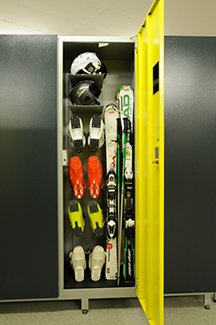
Gantner’s smart lockers have been deployed for convenient equipment storage at ski resorts across Europe as well as in Lake Tahoe and Dubai
John Brady, chief operating officer of Midtown Athletic Clubs, said that the contactless system has helped encourage member check-in and improve access control. “The wristband’s ability to function with turnstiles, lockers and point of sale stations, in addition to our networked fitness equipment, creates a highly unique and frictionless member experience.”
Other strong markets have emerged for contactless lockers in segments as diverse as ski resorts and educational campuses.
Gantner’s smart lockers have been deployed for convenient equipment storage at ski resorts across Europe as well as in Lake Tahoe and Dubai, explains Pichler.
Today, the push into the education market from primary schools through colleges and universities is growing. “We have deployed large scale contactless locker systems at a number of leading universities in Germany and other locations across Europe,” says Pichler. “We are excited to be taking this expertise to North America, and we recently deployed 1,200 networked lockers at Northeastern University in Boston.”
As with other new technologies, it seems the issue is less about the market segment and more about servicing an identified need.
“People are carrying more and more expensive electronics and other items on their person, and there is a growing need for secure, convenient storage,” says Pichler. “Whether it’s a health club, a corporate office or a college campus, contactless lockers provide a great service to both the users and the organization.”
